WASHINGTON — The Federal Railroad Administration today disbanded its Railroad Safety Advisory Committee as part of a broader Department of Transportation push to bring federal advisory panels in line with a presidential executive order.
“These committees are long overdue for a refresh. Many have not held a single meeting in over a year, while others have not produced recommendations or advisory reports. Worse, some committees have lost sight of the mission, and have been overrun with individuals whose sole focus is their radical DEI and climate agenda,” a Department of Transportation spokesman said. “By updating the FACA committees’ membership, President Trump and [Transportation] Secretary [Sean] Duffy are refocusing these committees on what matters.”
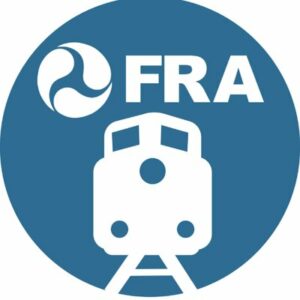 The Transportation Trades Division of the AFL-CIO, an umbrella group representing railroad labor unions, said it was alarmed by the decision to disband the FRA panel.
The Transportation Trades Division of the AFL-CIO, an umbrella group representing railroad labor unions, said it was alarmed by the decision to disband the FRA panel.
“The termination of these committees is very concerning as is the lack of a timeline for reconstituting them,” TTD said in a statement. “Rail safety is a fundamental responsibility of FRA, and it is crucial that all those affected by safety issues are represented on the RSAC. If and when RSAC is reconvened, we hope that membership is restored to those labor members who previously held seats to ensure that frontline worker perspectives are not excluded.”
RSAC is the FRA’s formal mechanism for collaborative safety rulemaking and policy development. It was established in 1996 to give railroads, labor unions, suppliers, and other stakeholders a structured way to advise FRA on safety matters. The committee had included 51 voting members drawn from 26 different stakeholder organizations.
FRA can accept, modify, or reject the committee’s recommendations. But the recommendations often form the basis for proposed rules under the Federal Railroad Safety Act.
RSAC has generally met twice annually over the past few years. But in between full committee meetings, smaller task forces and working groups often meet more frequently to address specific technical issues.
No timeline was given for reconstituting RSAC, but DOT said interested parties are encouraged to apply for appointments to the committee.
FRA Acting Administrator Drew Feeley sent RSAC members a letter today to inform them that they had been terminated.
“On behalf of the U.S. Department of Transportation, I extend my deepest gratitude to you for your dedicated service on the Railroad Safety Advisory Committee,” the letter said. “The Committee has addressed some of the most complex challenges facing the railroad industry.
“Through your expert insights, collaborative spirit, and unwavering commitment, the Committee has provided outputs that have informed policy and helped advance practical solutions to complex challenges.
“As of the date of this letter, your appointment has been terminated. Undoubtably [sic], your role on the RSAC has likely contributed to improved safety in the railroad industry. Please accept my deepest appreciation for your dedication to the public and support for the mission of the Department.”
It was not immediately clear today whether other federal rail advisory panels, such as those run by the Surface Transportation Board, had also been disbanded as part of the executive order.
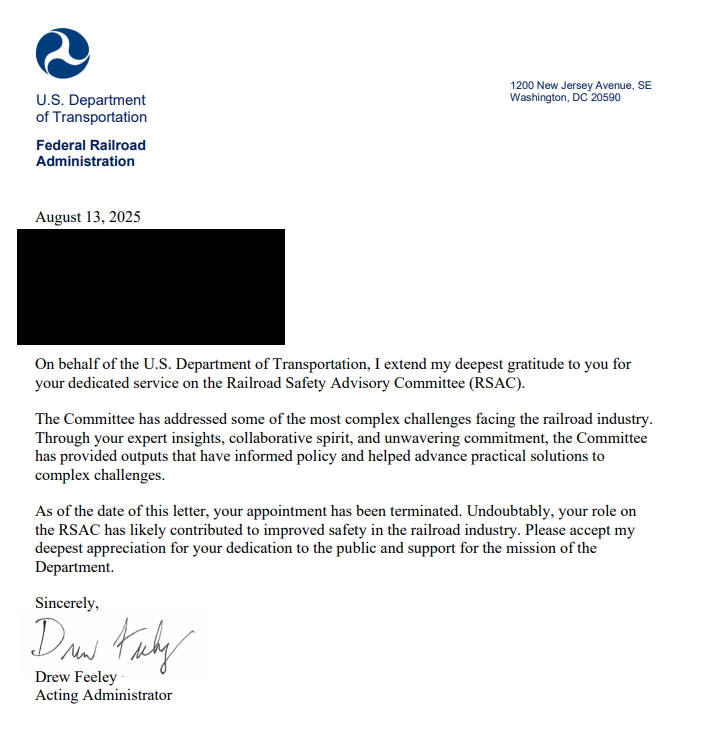






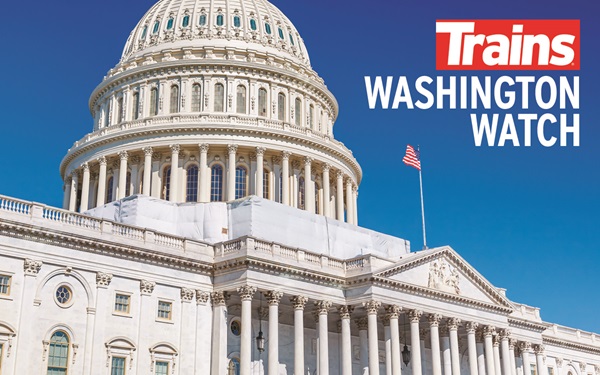
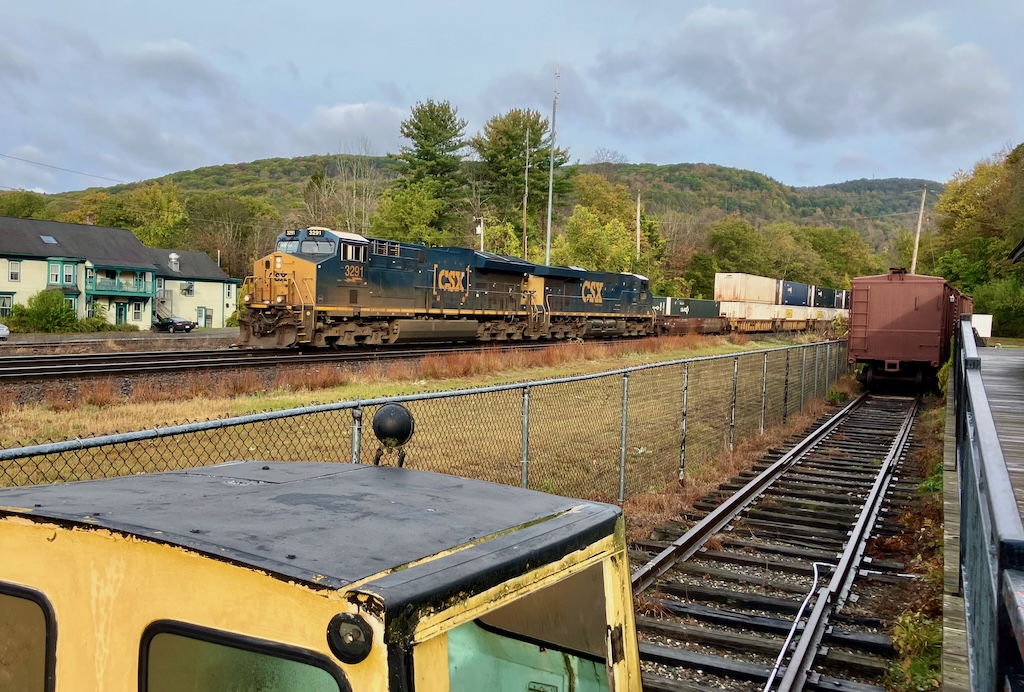
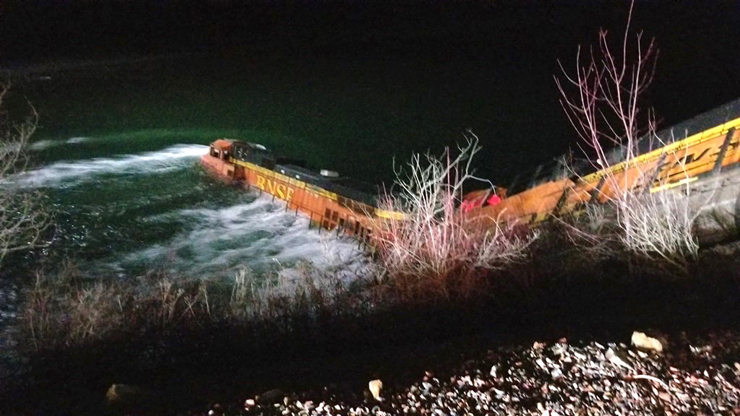
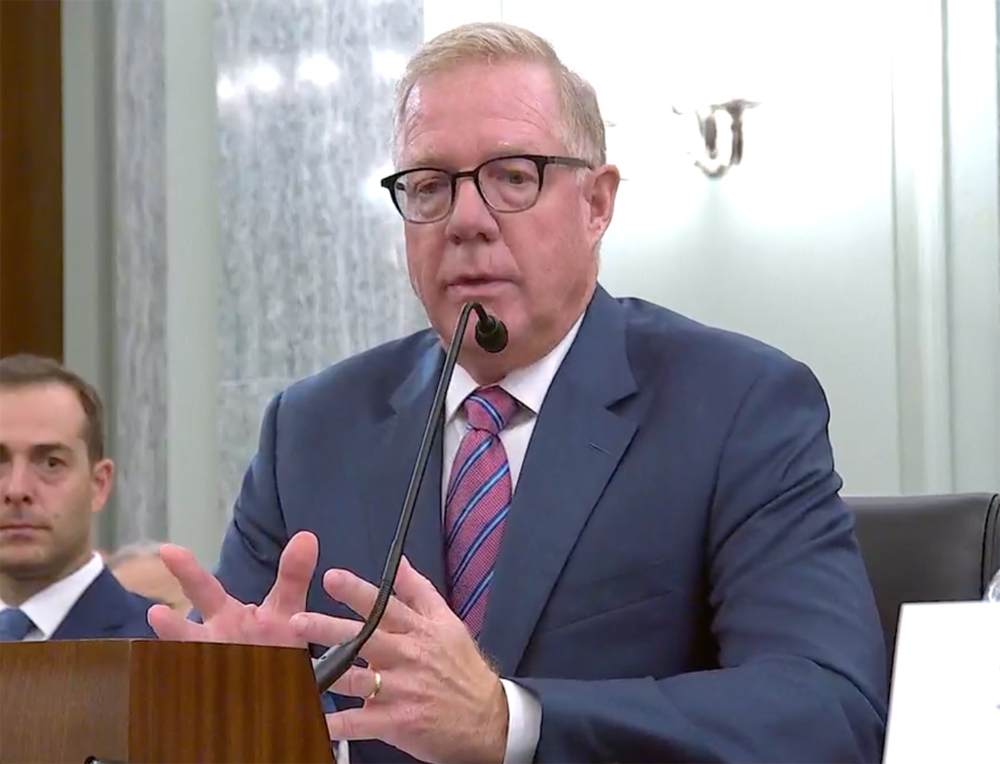
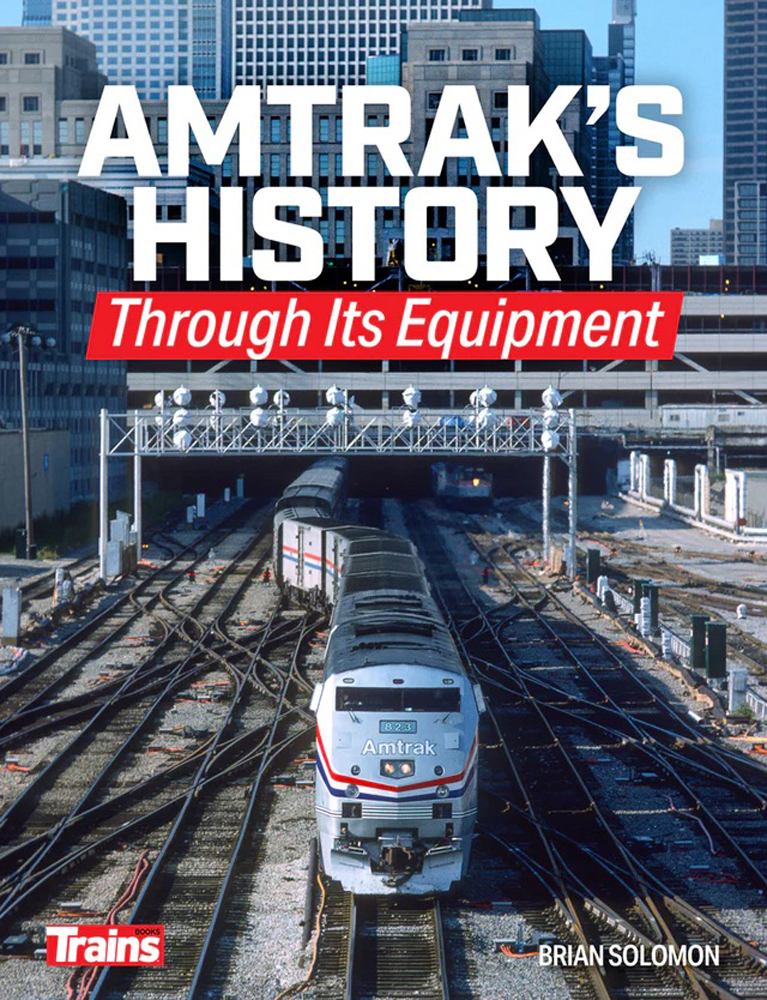
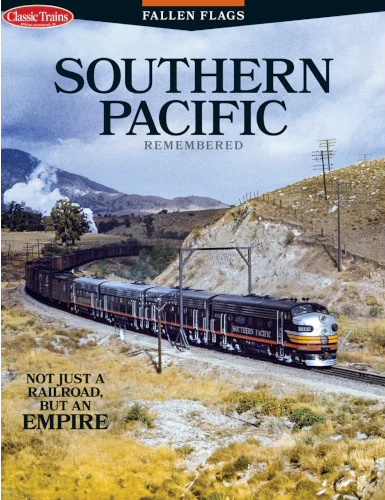
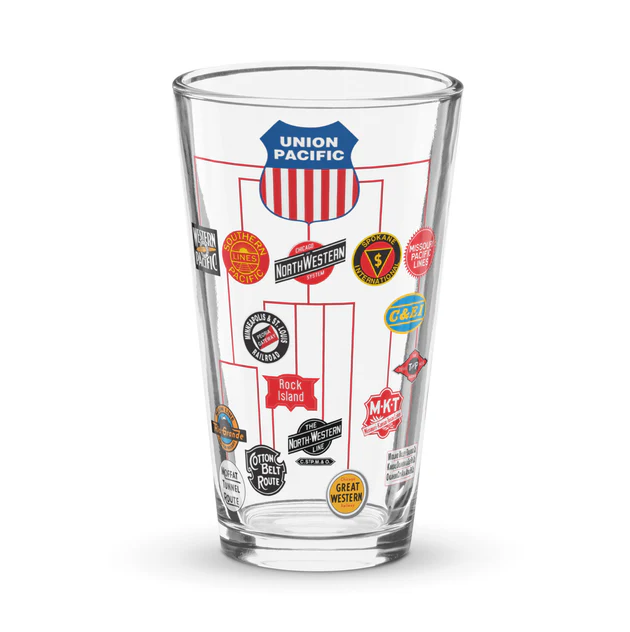
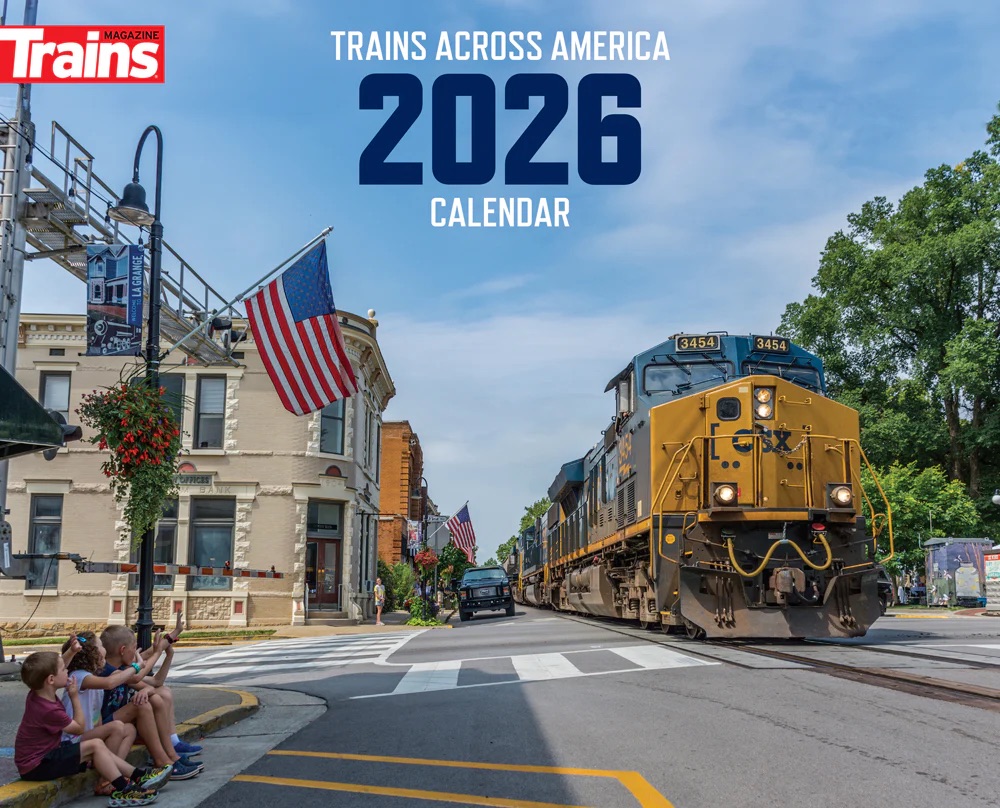
They could streamline this by giving the National Transportation Safety Board (NTSB) the ability to levy fines or make binding regulations after findings in incident investigations. I noted that in the recent hearings regarding the Airliner/Army helicopter collision on the Potomac River near Washington DCA, the FAA people sat with dumb looks on their faces while Jennifer Homendy, the NTSB chairperson asked them why they were passing the buck. During the hearing, FAA officials had cited “bureaucratic process” as a reason for not these issues. “Are you kidding me? 67 people are dead,” Homendy shouted. “How do you explain that? Our bureaucratic process? Do you know we actually added up how many steps it takes to get from the tower to headquarters to figure it out, and we ran all sorts of scenarios, how many steps it takes to get a policy change? Twenty-one steps! Fix it, Do better,” Homendy exclaimed.”
She is a tiger and takes no bull. Let the NTSB have the authority they need and everyone in the air, on the rails or on the surface will better off. All they can do now us recommend. It is up to the USDOT or the FAA to accept their recommendations and implement binding rules to enforce safety. And most of the time, what they recommend is ignored or forgotten. That needs to change, and CHANGE NOW!
As I recall, the Railroad Safety Advisory Committee was set up to act similarly to a commercial airline safety advisory committee what was made up of management, labor, etc. representatives. The Railroad Safety Advisory Committee was set up to include representatives not only of the Class One, Short Lines. Commuter, but also the tourist and museum operations.
“Rail safety is a fundamental responsibility of FRA,” Really??? Safety is the fundamental responsibility of the RR companies to be operating safely….or suffer the consequences. Having a bunch of people sitting around in DC being desk jockies, along with all the expense that goes with it doesn’t automatically make things safer out on the road. Nothing wrong with oversight when implemented efficiently. Reading Ken Jamin’s book on the FRA is rather eye opening.
On a side note, we see the FRA DOTX-221 passenger car occasionally on 7/8. Other than being out on a junket, what is their function with this? Is anything productive being accomplished? https://www.youtube.com/watch?v=iN9DiXNj_JI